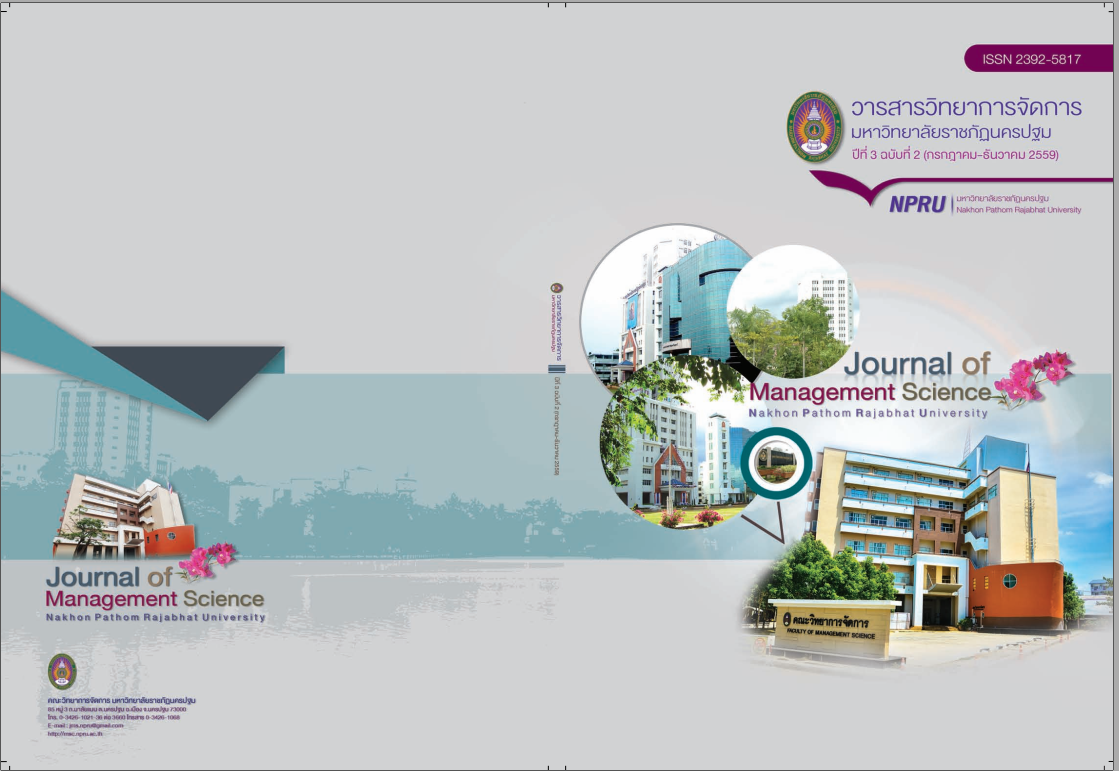The Production Service Documentation System using A Technology Acceptance Model
Main Article Content
Abstract
The goal of this study was to develop a document production system to support faculty members and officers needs to order and produce documents more conveniently. The system operates via web site to accept document production request online.
The development processes are including problem analysis, system design, system development, system testing, and system maintenance. The system consists of 5 parts as follows, 1) members data 2) user’s status data 3) service request data 4) document production order and 5) officers data. The system evaluation results in 4 measures are as follows, perceived usefulness was at a high level, ease-of-use was at a highest level, usage intentions was at a high level, and attitude toward the technology was at a high level.
Article history : Accepted 10 November 2016
SIMILARITY INDEX = 1.23
Article Details
The views and opinions of the article appearing in this journal are those of the author. It is not considered a view and responsibility of the editorial staff.
References
Abdullah, F., & Ward, R. (2016). Developing a General Extended Technology Acceptance Model for E-Learning (GETAMEL) by analyzing commonly used external factors. Computers in Human Behavior, 56, 238-256.
Chen, C.-f., Xu, X., & Arpan, L. (2017). Between the technology acceptance model and sustainable energy technology acceptance model: Investigating smart meter acceptance in the United States. Energy Research & Social Science, 25, 93-104.
Chuttur M.Y. (2009). Overview of the Technology Acceptance Model: Origins. Developments and Future Directions. Indiana University, USA . Sprouts: Working Papers on Information Systems, 9(37). https://sprouts.aisnet.org/9-37.
Davis, F. D. (1989), Perceived usefulness, perceived ease of use, and user acceptance of information technology, MIS Quarterly, 13 (3): 319–340.
Davis, F. D.; Bagozzi, R. P.; Warshaw, P. R. (1989), User acceptance of computer technology: A comparison of two theoretical models, Management Science, 35: 982–1003.


